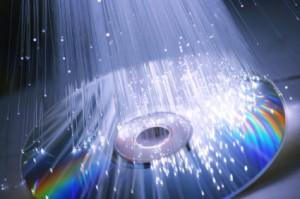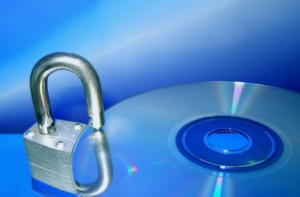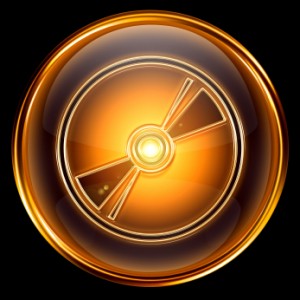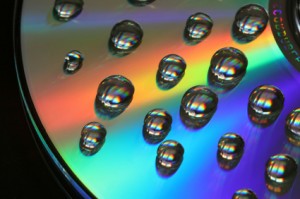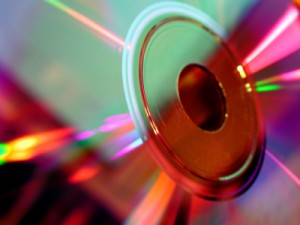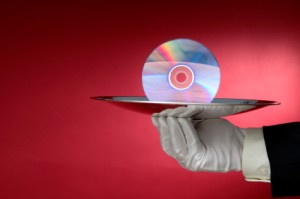According to a professional study, an average item which entices the impulse buying must be low-cost and purchased frequently with little cognitive effort required from the customer. DVD perfectly fits all the criteria. A professional survey conducted by the UK online research company showed that DVDs have been the top impulse items bought within last year by the majority of respondents. DVDs outnumbered even shoes which for the long time had been considered as women’s favourite impulse choice. Entertainment has this unquestionable advantage over other branches – to create and enhace the spontaneous urgence to consume more and more…
But once diagnosed, the spontaneous gap in consumers’ rational behaviour, the scientifically proven state of psychological disequilibrium can’t be left unmanaged. It’s all not about answering consumer needs instantly, but rather anticipating them. Here is the review of some popular tricks used by sellers to transform a sudden and spontaneous desire of buying into a solid part of volume sales.
The peak season for impulse-buying for packaged media is of course November and December which generate 40% of annual sales. In the holiday periods, the standard amount of shoppers increases and so does the likelihood of following the consumer choices made by others. Supermarkets are the crucial facilitators in driving these kinds of impulses through catalogue promotions, special events, sales and POS (Points of Sale) installed in the checkout space.
No doubts it is far easier to allure those customers who can touch the item before definitely parting with their money. Online retailers have a more though clientele to allure since those who buy online seem to do so in a more structured and responsible way. Besides, there are still no sufficient tools developed to boost the emerging phenomenon called ‘online impulse buying’. Recommendation engines, previous order history, reviews etc. are not enough. Online selling is 100% different from the high- street retail where you can reach consumers directly. And even the widely blessed advantage like offering a countless amount of products is limited by…the size of consumer’s computer screen! Since it turned out to be a fallacy that impulse – buying is driven entirely by price, maybe creating a fully bespoke online stores could tap all the impulses effectively? Price is important for those who are sensitive to it and therefore shop at supermarkets, but there are many other factors at each stage of the consumer segmentation. For example, those who pay attention to product’s quality are the most demanding and picky.
If you have ever found yourself trapped by any of those selling strategies you can be sure that your buying choices had been planned far in advance and there is hardly anything spontaneous when comes to marketing and sales.

